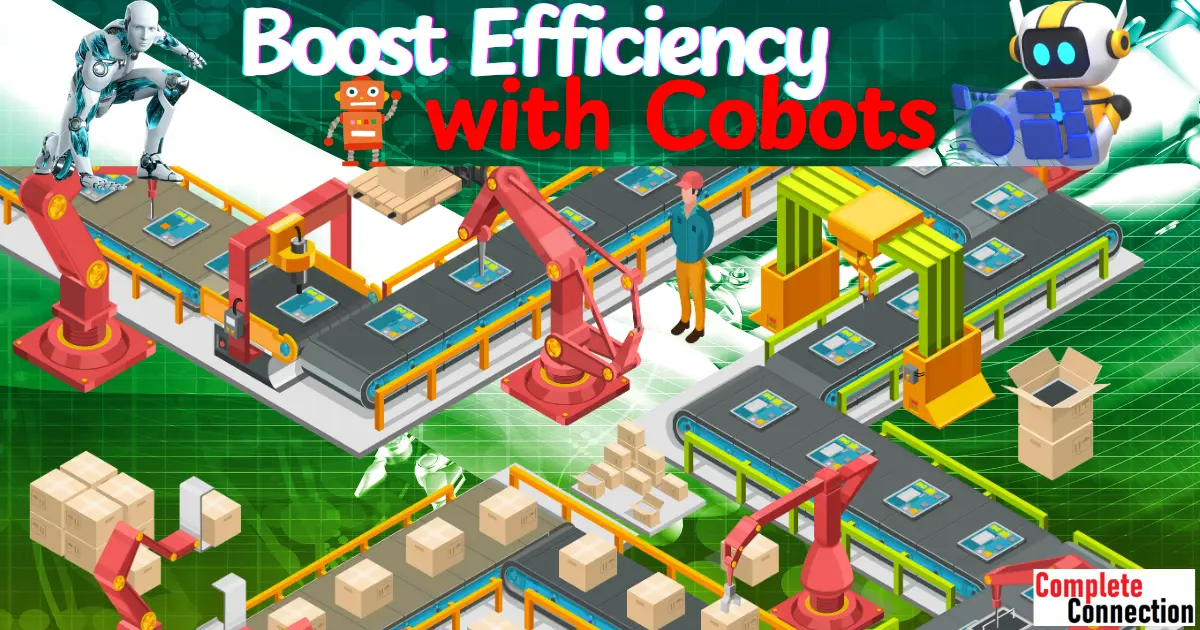
The consumer goods sector is characterised by rapid change, making efficiency and adaptability crucial for success. As market needs shift, manufacturers are increasingly looking for innovative ways to optimise their production methods. A key development in this field is the introduction of collaborative robots, commonly referred to as cobots. These robots are engineered to operate in tandem with human workers, boosting productivity while ensuring flexibility.
This article will examine the growth of cobots in manufacturing, the advantages they offer for product assembly, practical applications, and the trends that are influencing the industry’s future.
The Rise of Collaborative Robots in Manufacturing
The concept of automation in manufacturing is not new. However, the introduction of collaborative robots has marked a significant shift in how companies approach automation. Unlike traditional industrial robots, which often operate in isolation and require extensive safety measures to protect human workers, cobots are designed for close interaction with people.
Recent advancements in robotics, artificial intelligence, and sensor technology have paved the way for the development of cobots. Equipped with sophisticated sensors and AI algorithms, these robots can understand and react to their environment, enabling them to work safely alongside humans. Companies like Universal Robots have been at the forefront of this innovation, offering cobots that are not only easy to program but also capable of handling various tasks without extensive reconfiguration.
Advantages of Using Collaborative Robots in Product Assembly
The integration of cobots into product assembly processes offers numerous advantages that can significantly enhance efficiency and productivity.
Increased Efficiency
Cobots can operate continuously without the fatigue that human workers experience, allowing for increased throughput in assembly lines. They excel in repetitive tasks such as screwing, packaging, and quality inspections, freeing human workers to focus on more complex and creative aspects of production.
Flexibility and Adaptability
One of the standout features of cobots is their ability to adapt to different tasks and product variations. Manufacturers can easily reprogram cobots to handle different products or assembly lines, making them ideal for environments where product demand frequently changes. This flexibility reduces downtime associated with changeovers and allows companies to respond swiftly to market shifts.
Cost Savings
While the initial investment in cobots can be significant, the long-term savings they provide can be substantial. By improving efficiency and reducing labor costs, companies can achieve a quick return on investment. Cobots also lower the costs associated with workplace injuries, as they can take on tasks that are ergonomically challenging for human workers.
Improved Quality Control
Cobots are equipped with precise sensors and vision systems that enhance their ability to perform quality control tasks. They can detect defects and ensure that products meet quality standards consistently, reducing the risk of errors that can lead to costly recalls or customer dissatisfaction.
Applications of Collaborative Robots in Consumer Goods Assembly
The practical applications of cobots in product assembly are vast and varied, showcasing their versatility across different sectors.
Cobots excel in a variety of assembly tasks, including:
- Screwing and Fastening: Cobots can efficiently handle the installation of screws and bolts with precision.
- Packing and Sorting: They can automate the packing of finished goods, ensuring consistent packaging while sorting items based on specific criteria.
- Quality Inspection: Cobots equipped with advanced vision systems can inspect products for defects, ensuring quality standards are met before shipment.
Overcoming Challenges in Implementing Collaborative Robots
While the benefits of using cobots are clear, companies must also address several challenges when implementing these technologies.
Initial Investment and Costs
The upfront costs associated with acquiring and integrating cobots can be a barrier for some companies. However, it’s essential to consider the long-term savings and efficiency gains that cobots can provide, which often outweigh the initial investment.
Training and Workforce Integration
For cobots to be effective, employees must be adequately trained to work alongside them. This includes understanding how to program and maintain the cobots and adjusting to new workflows. Companies can mitigate this challenge by investing in training programs and fostering a culture of collaboration between human workers and robots.
Safety and Regulations
Ensuring the safety of workers when implementing cobots is crucial. Although cobots are designed to be safe for human interaction, companies must still adhere to safety regulations and conduct risk assessments to identify potential hazards. Developing clear safety protocols and providing training on these procedures can help create a safe working environment.
Conclusion
The use of collaborative robots in product assembly is transforming the consumer goods industry, providing manufacturers with the tools they need to enhance efficiency and adaptability. As we have explored, the advantages of cobots—including increased efficiency, flexibility, cost savings, and improved quality control—make them an invaluable asset in modern manufacturing.
As companies continue to embrace these technologies, it is crucial to address the challenges of implementation while focusing on the vast potential that cobots offer. The future of product assembly looks bright, with collaborative robots playing a pivotal role in shaping a more efficient and responsive industry.